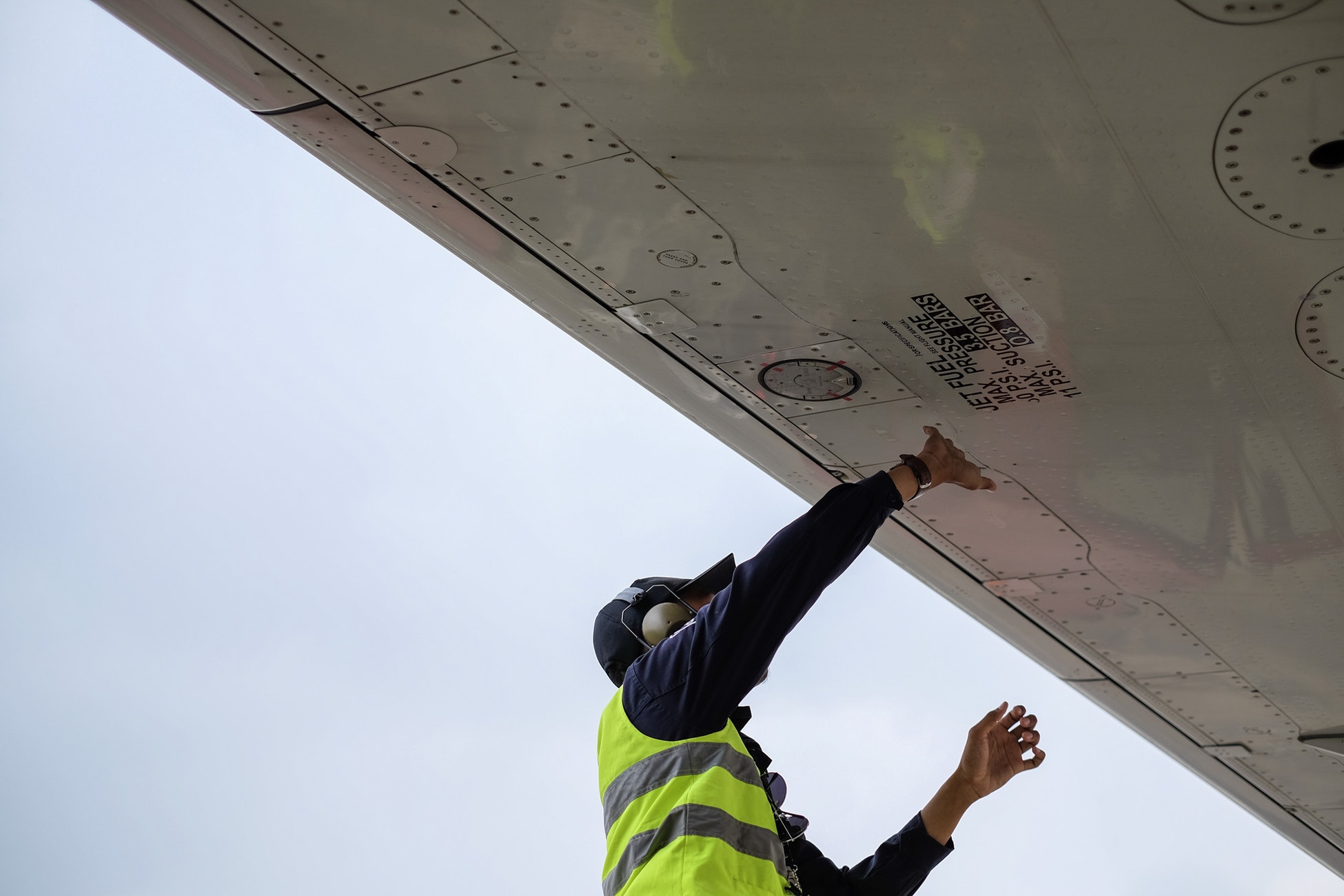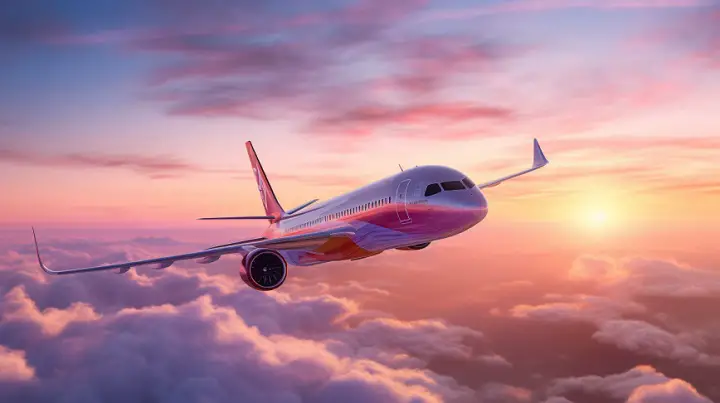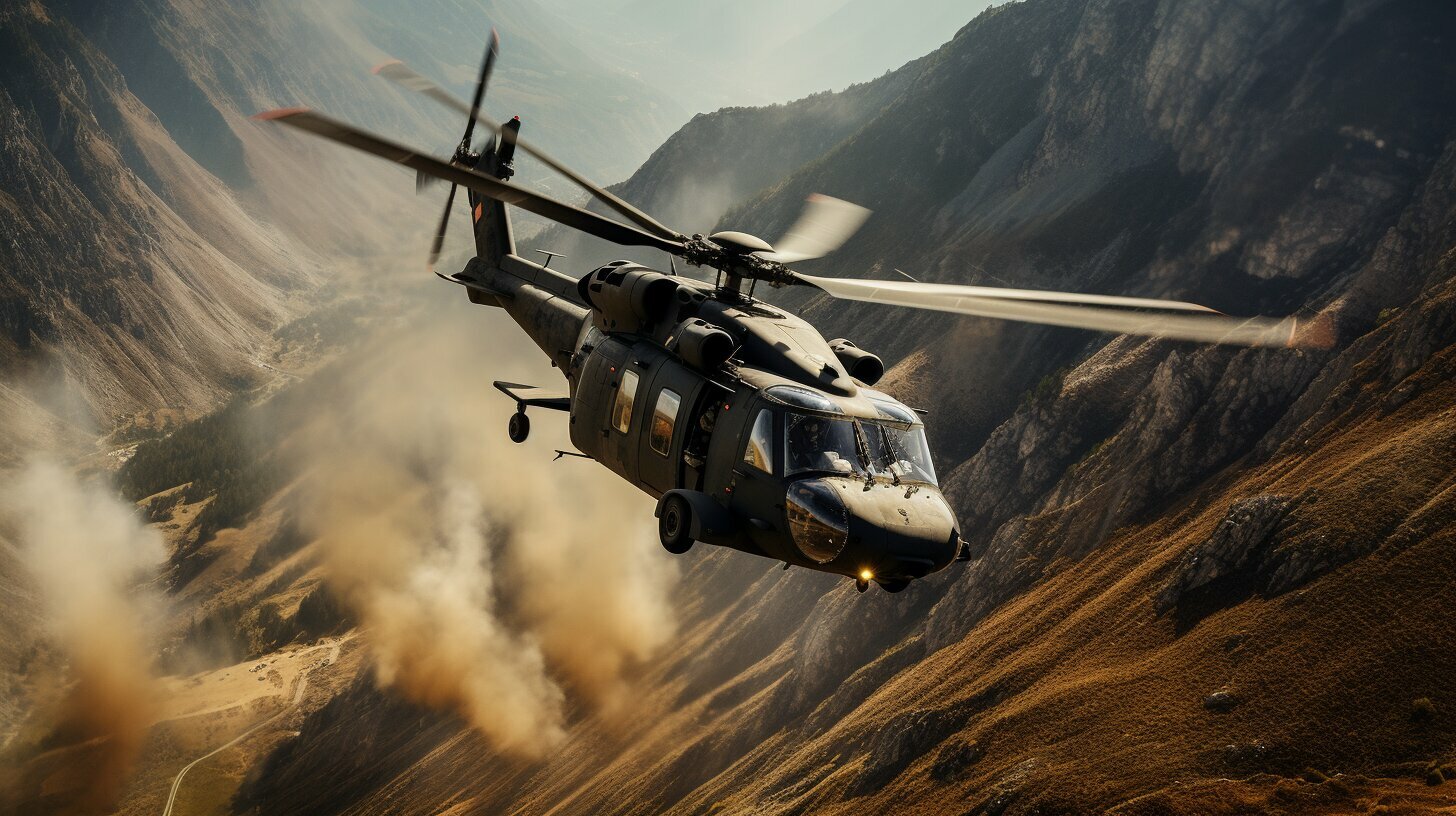
Top Technologies for Improving Aircraft Fuel Efficiency
Aircraft fuel efficiency has become an increasingly important focus for the aviation industry in recent years. With fuel costs making up a large percentage of airline operating expenses, there is a strong financial incentive to find ways to reduce fuel consumption. In addition, improving efficiency leads to lower carbon emissions, helping the industry work towards environmental sustainability goals. There are several promising technologies and aircraft design innovations that can provide meaningful fuel savings.
Engine Advancements
One of the most impactful ways to boost fuel efficiency is through improvements to jet engine technology. Aircraft engines consistently become more efficient with each generation as researchers find new ways to extract more thrust from less fuel.
High Bypass Turbofan Engines
The most widely used jet engines today are high bypass turbofans. They work by accelerating a large amount of air around the core, leading to cooler and quieter running. The bypass ratio compares the mass of air that passes through the core compared to the fan bypass stream. Modern high bypass engines have bypass ratios of 8:1 or more, allowing them to produce the same thrust while burning 15-30% less fuel.
Geared Turbofans
Geared turbofan engines are a type of high bypass design that includes a gearbox between the fan and the low-pressure turbine. This allows the fan and turbine to operate at optimal rotational speeds to increase efficiency. The Pratt & Whitney PurePower Geared Turbofan can reduce fuel consumption by up to 15% compared to the average jet engine today.
Open Rotor Engines
Open rotor jet engines remove the casing around the rotating fan blades at the front. The open blades allow air to interact with more surfaces, improving efficiency through more thrust, especially at cruise speeds. Although they have yet to enter commercial service, open rotor engines like the GE36 could potentially offer fuel savings of 30%. However, they can be noisy and require extensive testing to resolve safety and integration challenges before being adopted.
Aerodynamic Refinements
Beyond the engines, there are many other aspects of an aircraft’s design that impact efficiency. Aerodynamic refinements that cut down on drag can significantly reduce fuel burn.
Laminar Flow Control
Aircraft wings are normally designed to gain lift efficiently, though this comes at the cost of increased drag. Laminar flow control technologies aim to maintain smooth laminar airflow over more of the wing surface, postponing transition to turbulent flow that produces drag. This may involve reshaping the wing or implementing boundary layer suction through tiny holes to stabilize the airflow. NASA estimates that laminar flow control could improve fuel efficiency by up to 15%.
Winglets
Many modern jetliners utilize winglets – the upturned wing tips at the end of each wing. Winglets smooth the transition of airflow off the wing and stop wasteful wingtip vortices. This decreases drag from lift induced drag and improves efficiency by around 4-5%. New winglet designs continue to further enhance performance.
Turbine-Powered Airframe
Distributed electric propulsion is an ambitious concept that uses many small jet or electric motors distributed across the aircraft. As well as providing thrust, the distributed motors would suck boundary layer air through the wing and fuselage to reduce drag. Initial NASA studies suggest this turbine-powered design could cut airline fuel use in half. Realizing this goal still requires major advancements.
Weight Reduction
Physics dictates that a lighter airplane will require less thrust and burn less fuel. Airlines have saved billions in cumulative fuel costs over the years by ensuring flights carry less unnecessary weight. However, even more impactful savings can come from altering aircraft design.
Composite Materials
Carbon fiber reinforced polymer composites provide outstanding strength and stiffness for their low weight. The Boeing 787 Dreamliner utilizes composites for 50% of its structure, making it 20% lighter overall than comparable aircraft. Lighter weight allows the 787 to fly farther using less fuel. Composites also resist fatigue and corrosion which reduces maintenance costs.
Titanium Alloys
Titanium alloys offer the best strength-to-weight ratio of any metal. While less common than composites, high-end aircraft like the A350 utilize titanium alloys for key fatigue-prone fuselage frames and landing gear components to eliminate excess weight. Titanium engines parts also allow higher temperature and stress operation.
Additive Manufacturing
3D printing of metal aircraft components opens new possibilities for mass reduction through part consolidation and topology optimization – software designs organic shapes with the minimal amount of material needed for the loads. Printed parts like fuel nozzles with complex internal channels improve performance. Lighter 3D printed interior brackets and fittings replace assemblies of multiple parts fastened together.
Flight Operations & Maintenance
Airlines can employ a wide range of practices and procedures during commercial operations to burn less fuel beyond just aircraft technology.
Single-Engine Taxi
Aircraft engines are most efficient at high power settings during ascent and cruise. Running just one engine during ground taxiing instead of all of them saves significant fuel based on the lower thrust demands needed to move slowly on the ground. Some estimates report single-engine taxiing can reduce fuel usage by over 25 kg per movement.
Software Optimization
Airlines utilize flight planning software to choose the most direct and efficient routes between airports based on forecast winds and weather. More advanced programs factor in aircraft weight, air traffic, and even costs to dynamically customize flight plans for the lowest achievable fuel burn. Digital modeling helps balance fuel savings versus flight time.
Electric Taxi Systems
An emerging option pioneered by WheelTug plc is a nose wheel electric drive that allows the aircraft to taxi without reliance on the main engines or external tugs. This eliminates wasteful engine fuel flow during ground movements between the gate and runway. Instead, an electric motor taxies the aircraft using power from the auxiliary power unit.
Improved Maintenance Tracking
Regular aircraft maintenance and engine overhauls are essential for optimal efficiency over years of service. Modern health monitoring systems use embedded sensors to closely track component condition and exhaustively log all engine performance data after each flight. Advanced analytics software leverages the massive amounts of data to predict future maintenance needs and fine tune servicing schedules to maximize efficiency.
Fuel Tank Inerting
Fuel tank explosions have caused several aviation disasters over the years. Inerting systems displace oxygen from empty space in tanks using nitrogen-enriched air bled from engines or nitrogen generators. This prevents possible ignition sources from causing a blast. Inerting allows airlines to reduce fuel reserves carried onboard which lightens aircraft weight.
Conclusion
Aircraft fuel efficiency can be enhanced through myriad innovations in engines, aerodynamics, lightweight materials, operational procedures, and sustainable fuels production. No single solution will drastically reduce aviation’s carbon footprint on its own. However, collective incremental improvements across all of these areas compounds to drive meaningful progress in efficiency and emissions reductions over time. Collaboration between industry stakeholders, research institutions, and government agencies is key for developing technologies like open fan engines or hydrogen infrastructure needed to make future air travel cleaner and greener.
Frequently Asked Questions
Here are some common questions about improving aircraft fuel efficiency:
What is the biggest factor impacting aircraft fuel efficiency?
Engine technology is the single biggest factor driving gains in aircraft fuel efficiency. New engine designs like geared turbofans provide 15-20% better fuel burn over earlier generations. Future open rotor engines may offer 30% fuel savings once fully mature.
How much does aircraft weight impact fuel efficiency?
Reducing aircraft weight can provide substantial fuel savings. For example, the light weight composite materials in the Boeing 787 save around 20% fuel versus a conventional metal aircraft. Lower aircraft weight means the wings generate lift more efficiently during flight.
How do winglets help improve fuel efficiency?
Winglets reduce lift-induced drag from wingtip vortices, decreasing wasted energy from the wings generating lift. This drag reduction improves fuel efficiency by around 4-5%. New winglet designs continue to enhance performance.
Can sustainable aviation fuels replace conventional jet fuel?
Sustainable aviation fuels can reduce lifecycle CO2 emissions, but limits on cost-effective production mean they will supplement, not replace conventional fuel for the foreseeable future. Airlines can use blends with higher biojet percentages as production increases over time.
How much does single-engine taxiing reduce fuel consumption?
Using just a single engine instead of all engines during ground taxiing can cut fuel usage by over 25 kg per movement. This practice avoids low-efficiency engine operation needed for ground movements.
How does flight route optimization reduce fuel burn?
Advanced flight planning software dynamically customizes routes accounting for aircraft weight, winds, and air traffic patterns to determine the most fuel efficient flight path options. This allows airlines to minimize excess fuel carry and flight times.
Can developing hydrogen-powered aircraft eliminate emissions?
Hydrogen fuel cell technology may eventually enable zero-emission commercial flights, but many challenges around storage, materials, and infrastructure remain. Initial applications will likely be smaller regional aircraft. Widespread use of hydrogen planes requires big technology advancements.
Do newer aircraft like the 787 Dreamliner use much less fuel?
Yes, largely due to lighter composite materials and latest engine advancements, the 787 uses about 20% less fuel than previous generation aircraft of comparable size, delivering major efficiency gains.







